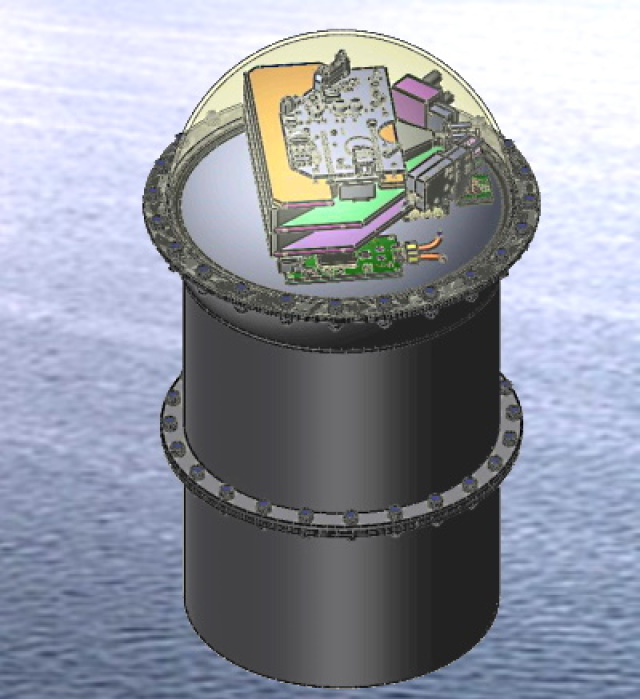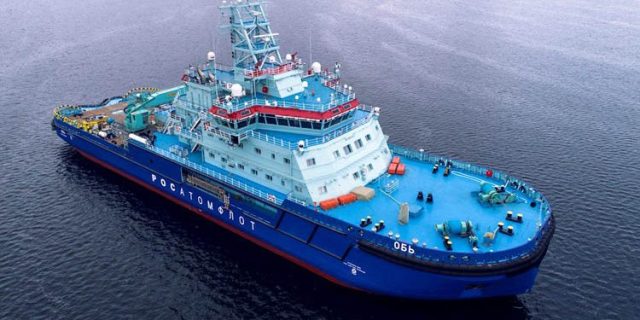The DOK company announced the progress of work on the project of a unique high-precision ship's near-field radar SID-360-76 with a circular view.
The main area of application of such radars is the icebreaking fleet, as well as any vessels with installed unmanned automation systems. Digital near-field radar is an important component of technological platforms for unmanned control of commercial marine vessels. Due to the absence of a dead zone, the LED-360-76 radar can accurately measure the distance between its vessel and possible interference (other vessels, port facilities, coastline) within 0-300 m.

The first radars have already been tested in the DOK microwave laboratory, and in 2021 they are planned to be tested on the newest port icebreaker Ob, based in the Arctic port of Sabetta. The port of Sabetta provides year-round navigation along the Northern Sea Route, it receives gas carriers of the Yamal LNG project and supply vessels.
The work of icebreakers in the port of Sabetta is complicated by frequent and thick fogs, snow charges that reduce visibility to just a few meters. To break off the escorted vessels and ensure their safe mooring, the icebreaker "Ob" sometimes needs to come close to the side of gas carriers, which is a complex and unsafe operation in conditions of poor visibility, bad weather and polar night.
To test the applicability of the SID-360-76 mooring radars for information support of operators working at the control posts of the icebreaker "Ob" on the left and right side, the DOK company and the Federal State Unitary Enterprise "ATOMFLOT" agreed to conduct joint tests of this equipment. According to the specification of the company "DOC", the radars have a practical range of up to 300 m with an accuracy of measuring the distance from the target to its own side of 7 cm. The operating frequency of 76 GHz ensures reliable operation in conditions of snowfall and thick fog.
The fully sealed radar housing has a microclimate maintenance system to protect the electronics from extremely low temperatures characteristic of working in Arctic conditions. The duty shift on the bridge of the icebreaker can both receive information about the distance to the side of the escorted vessel in the form of digital indicator readings, and observe the radar picture of the approach of ships on a separate screen.
The novelty of the technological solution of the LED-360-76 radar is that it allows you to view the near zone with high resolution, regardless of weather conditions. Neither snow nor fog affect the operation of the radar in any way. The design scheme of the LED-360-76 radar ensures the absence of a dead zone. This is how it differs from traditional marine radars, which have a significant dead zone, which complicates the control of a ship near port facilities, ships and other interference. In the absence of a radar image of the near zone, the helmsman and pilot on duty have to rely on visual observation, which is extremely difficult in conditions of poor visibility.

